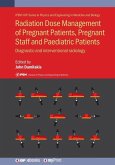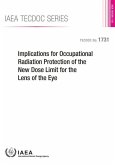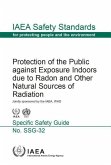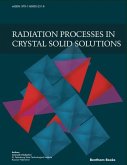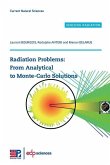Findings from the U.S. Department of Energy's new low dose radiation research program were startling. At low doses, biological reactions are unique and often unrelated to those that occur at high levels. The hugely influential linear-no-threshold model--which predicted acute exposure damage can be extrapolated linearly to low dose exposures--was flawed. In fact, small amounts can have an adaptive protective effect. In addition, "hit theory," the idea that radiation only affected cells it directly traversed, yielded to a new "bystander theory," which hypothesizes that cells communicate with each other and a dose to one affects the cells around it. Low Dose Radiation tells the story behind the program that transformed the field.


